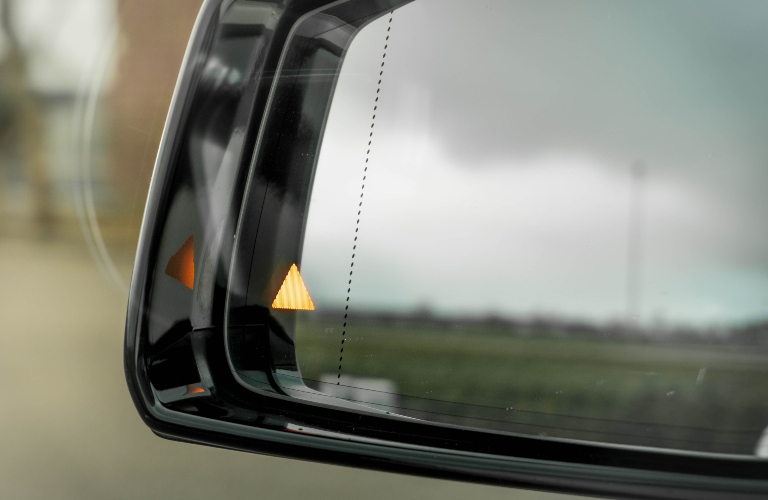
Blind spot accidents can occur in the blink of an eye, but their effects can stay with us for a lifetime. Whether you were sideswiped on I-465 or struck while merging onto US-31, these crashes are often preventable and can leave victims with painful injuries, costly medical bills, and overwhelming uncertainty. At Kaushal Law, we help victims understand their legal options and fight for the compensation they deserve.
What Is a Blind Spot?
Every vehicle has blind spots, areas around the car that are not visible through the rearview or side mirrors. Drivers are required to check these blind spots by turning their heads before changing lanes or merging into traffic. When they don’t, the results can be devastating, especially at high speeds or in heavy traffic.
Blind spots are particularly dangerous when:
- A driver fails to check over their shoulder before switching lanes
- A motorcyclist or a smaller car is hidden beside a larger vehicle
- A truck driver merges without accounting for their massive “no-zones”
- Drivers linger in blind spots for too long
Indiana Law and Driver Responsibility
Indiana follows a comparative fault system (Indiana Code § 34-51-2), which means each party’s share of fault is considered when determining damages. However, drivers are legally obligated to operate their vehicles with “reasonable care.” That includes checking blind spots before any maneuver that could endanger others.
If a driver causes a crash because they didn’t properly check their blind spots, they may be found negligent and held financially responsible for the resulting injuries and damage.
Commercial Vehicles and Larger Risks
Indiana highways experience a high volume of commercial trucks, which in turn pose increased dangers due to blind spots. Semi-trucks and large commercial vehicles have significantly larger blind spots, often extending:
- 20 feet in front
- 30 feet behind
- One lane wide on the left
- Two lanes wide on the right
Truck drivers are trained to monitor these zones carefully. When they don’t, and an accident occurs, both the driver and their employer may be liable under Indiana law. This includes failure to follow federal trucking safety standards, inadequate driver training, or inadequate vehicle maintenance.
Common Injuries in Blind Spot Accidents
Even at moderate speeds, blind spot collisions can cause serious harm:
- Neck and back injuries (including whiplash)
- Broken bones or fractures
- Concussions and head trauma
- Spinal cord injuries
- Emotional trauma and PTSD
For motorcyclists and pedestrians, the consequences can be even more severe.
What To Do After a Blind Spot Crash in Indiana
If you’ve been hit by another driver who failed to check their blind spot, it is important to take action:

- Call 911 to report the accident and request medical help.
- Document the scene (if able), including taking photos of the damage, roadway, and any injuries.
- Exchange information with the other driver and any witnesses.
- Seek medical care even if you feel “okay”—some injuries take time to show symptoms.
- Contact a personal injury attorney before speaking to insurance adjusters.
Insurance companies may try to downplay your injuries or suggest you were at fault. Don’t let them. Indiana’s comparative fault rule means that your recovery can be reduced or denied if you’re found to be more than 50% at fault. That is why having legal representation early on is critical.
How Kaushal Law Can Help
At Kaushal Law, we know how to investigate blind spot accidents, prove negligence, and fight back against lowball offers. We gather evidence, consult accident reconstruction experts when needed, and negotiate aggressively with insurance companies so you can focus on healing, not paperwork.
Injured in a Blind Spot Accident? Contact Us Today
If you or a loved one has been hurt in a blind spot crash, don’t face the insurance companies alone. Contact Kaushal Law today for a free consultation. We can listen, explain your options, and help you take steps toward justice and recovery.
